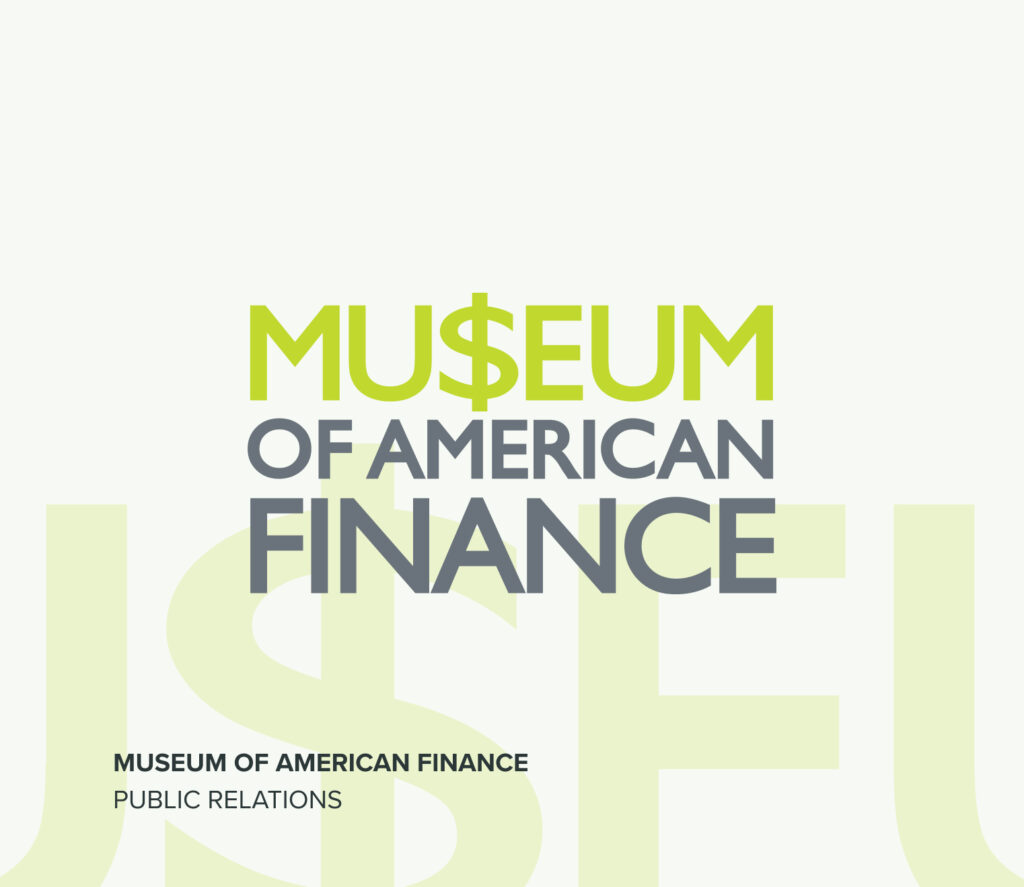How Reliable Is Jerome Powell at This Crucial Time?
Presidential election years are always problematic for the Federal Reserve (Fed). Though so far, politics seems not to have intruded on monetary decision making, it almost certainly will as November approaches. Even without the politics, the Fed faces a difficult balancing act this year. On one side is the Fed’s obligation to bring inflation back toward an acceptable 2 percent annual rate. On the other are recent signs that the economy is weakening, that the monetary tightening since early 2022 has begun to have effect. Fed Chairman Jerome Powell wants to defeat inflation but not at the expense of needlessly driving the economy into recession or even an unwarranted slowdown. And he has always been sensitive to politics.
The Fed and the White House
Both the White House and Powell know that a recession or anything like it will impair President Biden’s chance of re-election. If recent signs of economic weakness persist it is a good bet – a very good bet – that the White House will pressure Powell and his colleagues at the Fed to abandon or at the very least postpone the inflation fight in order to stimulate economic activity and raise the president’s electoral chances. Biden would hardly be unique in doing this. Just about every president going back at least 80 years has tried to influence the Fed in this way. Though legally, the Fed is independent, most chairpeople have yielded independence to White House pressure. This year, the tradeoffs might take on a particularly fraught character, because candidate Donald Trump has indicated a desire to limit Fed independence should he win the election.
The right in the independence debate is far from obvious. On the one side are those who prize price stability or at least a controlled moderate pace of inflation, as exemplified by the Fed’s current target. Led by the money people and investors of every stripe who have a clear interest in protecting the buying power of their assets over time, this side of the debate wants an apolitical Fed that can stick to an anti-inflation fight come what may, even if it means a rise in unemployment and a lost election. On the other side are those who remind all – including investors and other money people – that this country is a democratic republic subject to the people’s representatives in Congress and the White House. This side resists the idea that monetary policy should be the exclusive purview of “unelected experts” though some use a more pejorative expression.
History Repeats Itself
In practice, both sides of the debate have long had their influence. President Harry Truman had his effect, for instance in anticipation of the 1948 election. The Fed at the time was fighting an inflation that had taken hold when the government lifted war-time rationing controls. Truman, facing a difficult election challenge, decided that inflation was less important than how the Fed’s inflation fight was depressing the economy and his chances. He pressured the Fed to ease off and went so far as to bring the bank’s entire interest setting committee to the White House to hear his rebuke. The parties compromised. Truman won anyway but always felt ill will toward the Fed.
The same problem arose some 17 years later. In 1965, President Lyndon Johnson had just won re-election, but he still sought the Fed’s indulgence to keep interest rates low in support of his efforts to pursue the Vietnam War and his “Great Society” program simultaneously. Monetary policy makers resisted. Many could already see the seeds of what was to become more than a decade of painful inflationary pressure. Chairman William McChesney Martin, Jr., nonetheless bowed to the White House. Johnson never sought re-election, and the inflation came. Martin’s successor, Arthur Burns, proved to be even more politically compliant. Appointed in 1970, he bowed to President Nixon’s demands that interest rates remain low even as inflationary pressure had become clearly evident by then. Burns also cooperated with Nixon’s August 1971 decision to remove the last official link between the dollar and gold, which caused the dollar to crash on foreign exchange markets and added an extra fillip to an already powerful inflationary pressure.
Under Jimmy Carter, Burns continued the practice of bowing to political pressure and the inflation got worse. When Paul Volcker took over the Fed late in Carter’s presidency, he, too, seemed compliant. Eventually Volcker asserted an unprecedented amount of practical independence. He adopted an unusually restrictive monetary policy that precipitated two recessions but ultimately broke the back of inflation. With the inflation subdued for decades following, this tension between Fed independence and White House wishes faded. It re-emerged in the Trump administration between the president and his pick for Fed chairman, Jerome Powell.
Powell and the Trump Administration
The battle began in 2019. For some years before, the Fed had gradually lifted interest rates from the very low levels established during the financial crisis of 2008 and the great recession of 2009. There was no inflationary pressure. The Fed, as it claimed, was far from restrictive. It was only returning interest rates to more normal levels. In 2019, Trump was enjoying credible economic success and wanting to ensure its persistence into the coming election year. Accordingly, he pressured Powell to stop the gradual rise in interest rates and bring them back down. Powell initially resisted, but then bowed to the White House late in the year. He claimed that the change had little to do with political pressure but that he saw it as needed to combat the difficulties brought on by Trump’s tariffs on Chinese imports. This was hardly a credible excuse. The tariffs were never so significant, and besides, if they were to have any effect, it would be inflationary. As it turned out, the pandemic demanded still more extreme interest rate cuts, and the whole flap disappeared from consideration.
Powell’s practical lack of independence reappeared in 2021. That year inflationary pressure became unmistakable, but the White House neither wanted to acknowledge it nor pursue any policies to combat it. On the contrary, President Biden wanted nothing done to impair the economy’s post-pandemic recovery. While many at the Fed were expressing concerns about the inflation that was then intensifying, Powell, like so many Fed chairmen before him, signed on to the White House’s line. He dismissed inflationary concerns, characterizing the steep rise in consumer prices as “transitory.” He refused to adjust policy to deal with it. Interest rates remained at pandemic lows. There was an added factor in 2021 – Powell was up for re-appointment as Fed chair and knew that defiance of White House wishes would work to his disadvantage. It was not until 2022, when Powell had secured his reappointment as Fed chair, that he began to raise interest rates and take other counter-inflationary policy moves, about a year after many at the Fed were asking for them.
Approaching the Election
Today, Powell is talking optimistically and promising interest rate cuts soon. There is no sign of White House pressure yet. But especially if the economy weakens further and maybe even if it seems to recover strength, that pressure will emerge, and likely soon. It has with every president – Republican or Democrat – when Fed policy has run counter to electoral needs. Powell might resist the pressure, as he did early in 2019 with Trump. But given his past behavior and that of all but one past Fed chair, he will likely yield to the White House and the interest rate cuts will come late in the year for the election almost regardless of the inflation picture.


